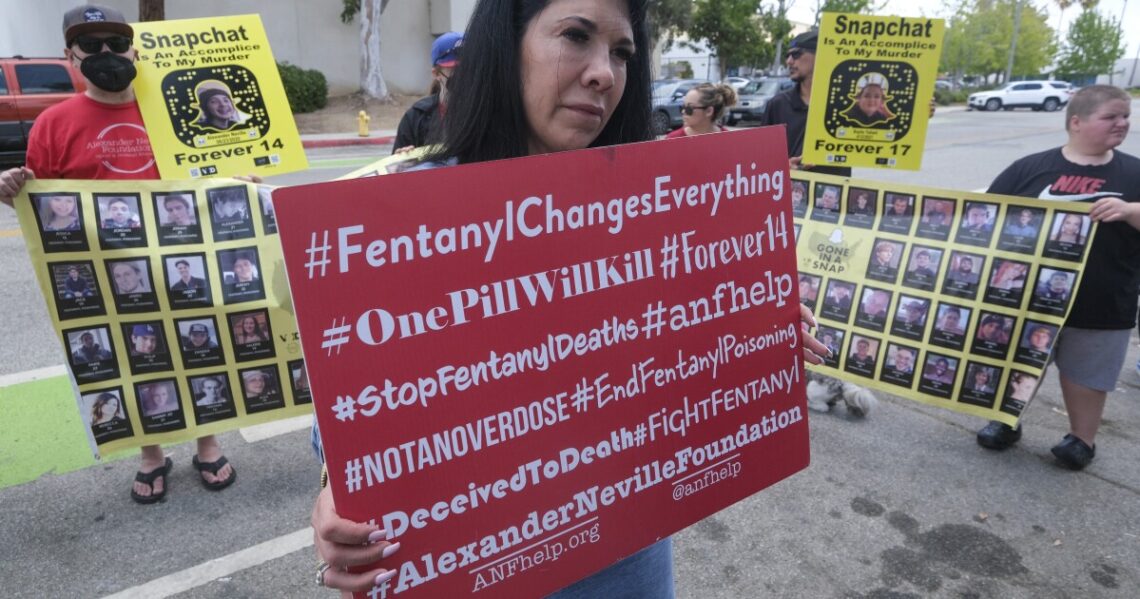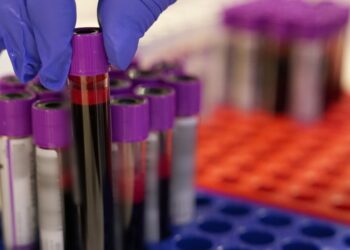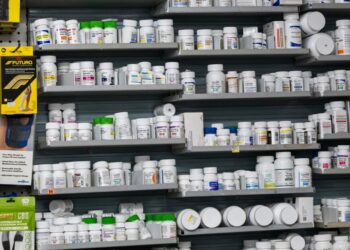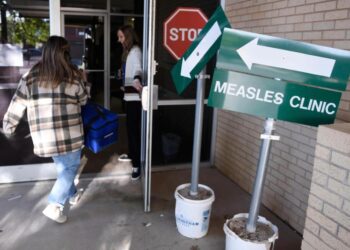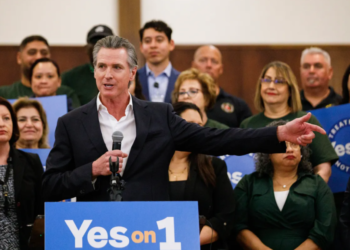California has allocated more than $1 billion in recent years to combat its opioid crisis. Much of the money has been used to distribute fentanyl test strips and the overdose reversal drug naloxone, as well as deliver medical care to people who are homeless. The state has an opioid awareness campaign tailored to youths and recently called on the National Guard to help detect drug traffickers.
Yet the problem keeps getting worse.
Where things stand
Driven largely by the prevalence of fentanyl, a synthetic opioid up to 100 times stronger than morphine, drug overdoses in California now kill more than twice as many people as car accidents, more than four times as many as homicides, and more than either diabetes or lung cancer, according to California Health Policy Strategies, a Sacramento consulting group. And the state’s overdose surveillance dashboard indicates most opioid overdose deaths involve fentanyl.
Provisional data for last year from the Centers for Disease Control and Prevention shows a small annual increase in overdose deaths in California, to nearly 12,000. Across the U.S., overdose deaths again topped 100,000.
“As a parent, it scares the hell out of me. As a governor, I see it, I recognize the nature of what’s occurred on the streets,” Gov. Gavin Newsom said May 12 in announcing more funding for California to produce its own naloxone.
What the state is doing
Despite all the state is doing to reduce drug overdose deaths, public health policy experts say there are no easy or clear answers. Drug policy experts applaud California’s effort to make naloxone as commonly available as fire extinguishers in schools,
Read the full article here

